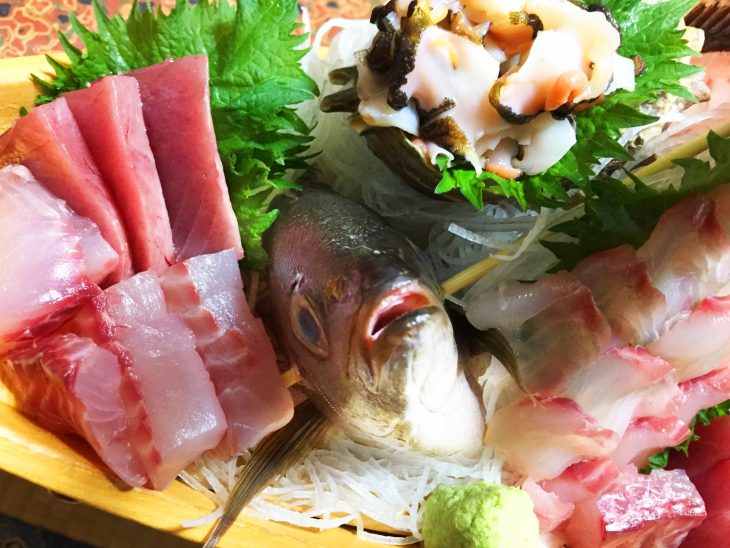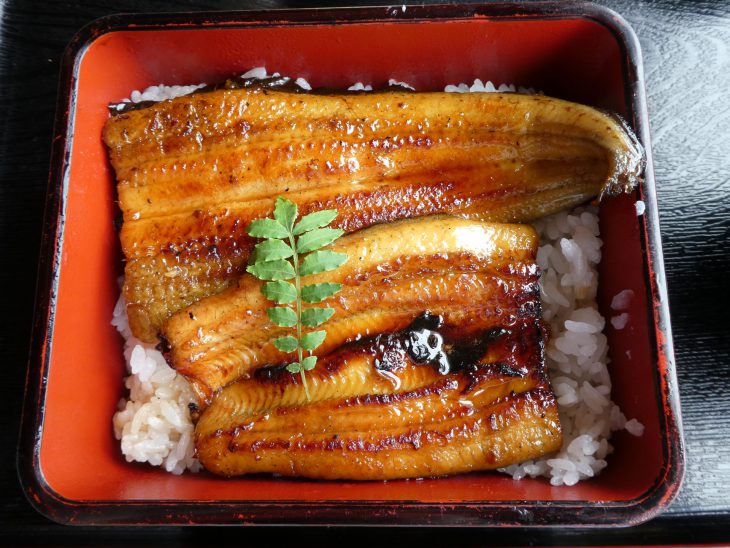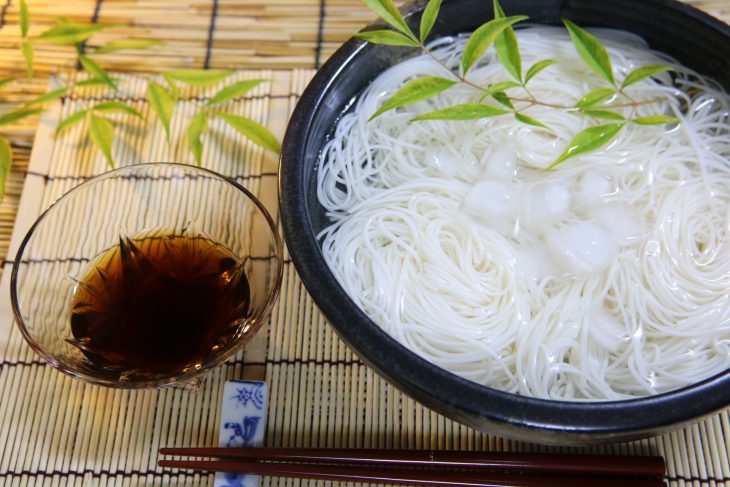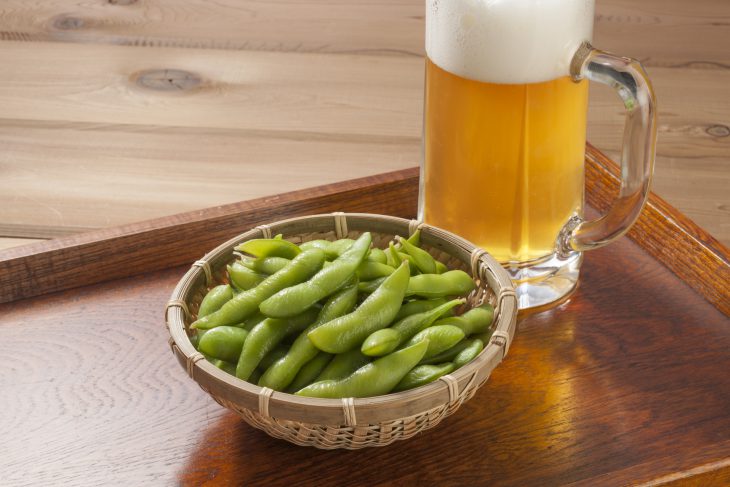Washoku: Traditional Japanese Cuisine Part Five
Today FFJ writer MENTAIRICE is here to give you an introduction to washoku, Japan’s national cuisine which has become a worldwide sensation in recent years and was even added to the UNESCO Intangible Cultural Heritage List in 2013.

Contents
The four defining characteristics of washoku are:
(1) An emphasis on bringing out the natural flavor of a diverse variety of fresh ingredients
Japanese territory spans far lengthwise from north to south and is blessed with an abundance of natural landscapes from the sea, to the mountains, to the countryside. Thanks to this geographic diversity, each region is home to a wide variety of local ingredients which are incorporated into the country’s traditional cuisine along with a set of cooking techniques and tools developed specifically for bringing out the inherent flavors of the ingredients themselves.
(2) Balanced nutrition to support a healthy diet
The foundation of the traditional Japanese meal consists of one soup and three dishes, which is said to make for the ideal nutritionally balanced meal. Japanese cuisine is also great at bringing out the natural flavors of each ingredient, allowing for a diet low in animal fats which has helped contribute to the country’s long life expectancy and low obesity rates.
(3) An expression of the beauty of nature and the changing seasons
Yet another defining characteristic of traditional Japanese cuisine is that it seeks to incorporate the beauty of nature and the changing seasons. Dishes are often garnished with seasonal flowers and leaves and everything from the furnishings to the tableware used are symbolic of the season, allowing one to fully appreciate the distinct atmosphere of each season.
(4) A significant part of seasonal events such as the New Year’s holiday season
Traditional Japanese cuisine has evolved to form an integral part of the country’s seasonal events. By sharing the foods with which we were blessed by nature, mealtime in Japan has played an important part in strengthening the bonds among families and communities.
*From the Japanese Ministry of Agriculture, Forestry and Fisheries website
【Unaju】

Unaju is a type of Japanese rice bowl, or donburi, which consists of a bed of rice topped with broiled eel covered in a sweet soy sauce known as kabayaki and topped with tare sauce. This traditional Japanese dish is known as a local speciality of former Edo or present-day Tokyo. Although technically the only difference between unaju and unadon is the bowl it is served in (unadon comes in a normal bowl, whereas unaju comes in a beautiful lacquered box), restaurants which serve both dishes typically serve more eel in unaju and it is often considered a fancier, more upscale menu item compared to the unadon eel bowls that come as part of a set including eel liver soup (kimosui) and other small plates.
The soft and flaky eel dipped in kabayaki sauce and drizzled with sweet tare sauce goes down easily with hearty portions of rice. We recommended adding some sansho, a Japanese condiment also known in English as Japanese pepper, to bring out a different unique fragrance and flavor to enjoy. In Japan eel is believed to help cure fatigue and bring good health, so all Japanese washoku dishes made with wild Japanese-caught eel in general are considered upscale gourmet cuisine.
There is even a day known as Ushi no Hi which comes once during each of the four seasons on which it is customary to eat eel, further proof of how much the Japanese have loved eel for generations. You will also find countless restaurants specializing in eel dishes which have been in business for many years in each region throughout the country.
【Somen】

Somen are a kind of noodle made from wheat flour often used in Japanese noodle dishes. A similar type of noodle is likewise commonly used in several East Asian countries in their own ethnic dishes. Dried somen noodles are available year-round so you can of course enjoy them at any time of the year, but they are particularly popular as part of some cool, refreshing dishes typically enjoyed during the summer season. A popular winter dish, on the other hand, is known as nyumen, or somen noodles served in a warm dashi broth.
The irresistably smooth, satisfying texture of somen noodles goes great with a number of different ingredients and each region and even each household has their own unique somen recipes. One way to eat somen noodles which is very popular among children is nagashisomen, in which a piece of bamboo is cut into half lengthwise and used to make a sort of chute. Somen noodles are then placed in the chute with running water and allowed to flow down towards the bottom, which diners pick up with chopsticks and eat along the way. Many Japanese children will remember getting together with all their friends to enjoy nagashisomen together on a hot summer day!
【Edamame】

Traditionally in season during the summer, simple boiled edamame (or green soybeans) are a quintessential Japanese snack to go with alcohol. With a mild, unassuming flavor, they have long been one of Japan’s most favorite snacks to go with a nice cold beer. And now thanks to improvements in cultivation techniques, edamame is now available to enjoy all year long.
Often served at Japanese-style pubs known as izakaya as a type of appetizer that comes with the cover charge (known as otoshi in Japanese), it is common to enjoy munching on some edamame while drinking a cold beer while you decide what to order and wait for your food to be prepared. Because edamame is so simple to prepare – just add salt to boiling water, boil, and you’re done – edamame has become a very common otoshi appetizer.
Although edamame soybeans are also used in a variety of other dishes, it’s most likely the bright green salted and boiled edamame appetizer that first comes to mind when Japanese people hear the word “edamame”.
Traditional Japanese washoku cuisine has received high acclaim worldwide and you will now find a number of Japanese restaurants popping up all over the globe. So be sure to come and enjoy this authentic culinary experience right here in the birthplace of washoku.
